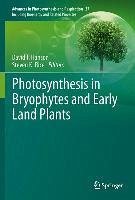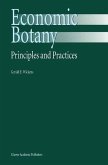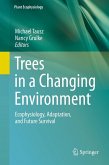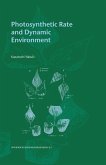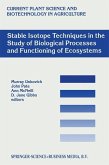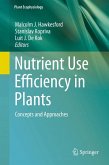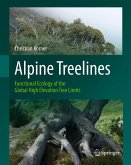Bryophytes, which are important constituents of ecosystems globally and often dominate carbon and water dynamics at high latitudes and elevations, were also among the pioneers of terrestrial photosynthesis. Consequently, in addition to their present day ecological value, modern representatives of these groups contain the legacy of adaptations that led to the greening of Earth. This volume brings together experts on bryophyte photosynthesis whose research spans the genome and cell through whole plant and ecosystem function and combines that with historical perspectives on the role of algal, bryophyte and vascular plant ancestors on terrestrialization of the Earth. The eighteen well-illustrated chapters reveal unique physiological approaches to achieving carbon balance and dealing with environmental limitations and stresses that present an alternative, yet successful strategy for land plants.
Dieser Download kann aus rechtlichen Gründen nur mit Rechnungsadresse in A, B, BG, CY, CZ, D, DK, EW, E, FIN, F, GR, HR, H, IRL, I, LT, L, LR, M, NL, PL, P, R, S, SLO, SK ausgeliefert werden.

